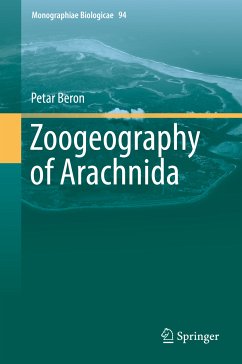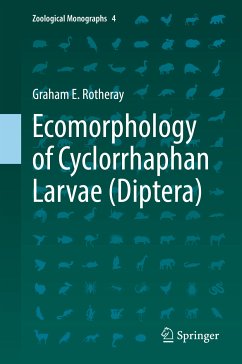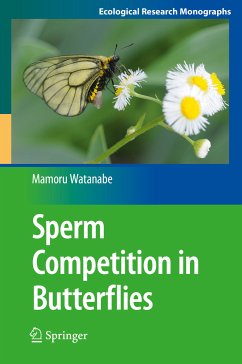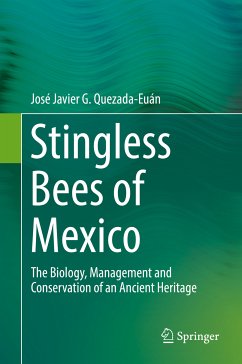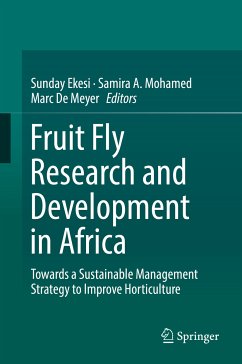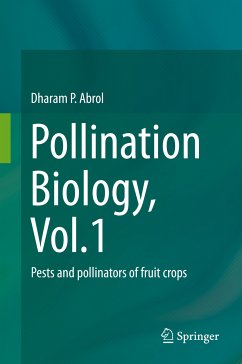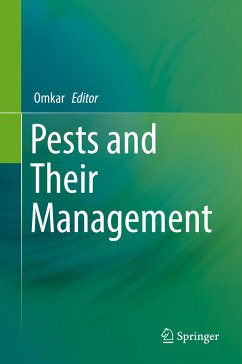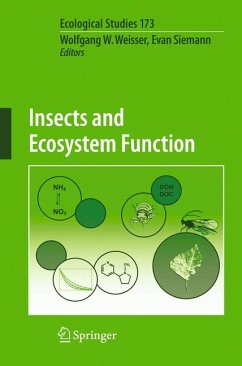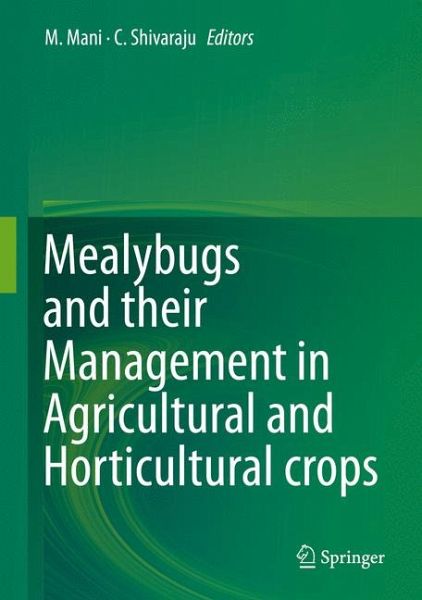
Mealybugs and their Management in Agricultural and Horticultural crops (eBook, PDF)
Versandkostenfrei!
Sofort per Download lieferbar
216,95 €
inkl. MwSt.
Weitere Ausgaben:

PAYBACK Punkte
108 °P sammeln!
This book is a compilation of information on all basic aspects of mealybugs, as well as management strategies for mealybug species affecting different crop plants in different countries. It highlights the latest information on morphology, cytogenetics, taxonomy, molecular characterization, biology, damage, ecology, natural enemies, ant association, control measures, insecticide resistance and pheromones - essential aspects which will equip researchers to pursue further research on mealybugs. The book examines current trends in the management of mealybugs for a variety of agricultural and horti...
This book is a compilation of information on all basic aspects of mealybugs, as well as management strategies for mealybug species affecting different crop plants in different countries. It highlights the latest information on morphology, cytogenetics, taxonomy, molecular characterization, biology, damage, ecology, natural enemies, ant association, control measures, insecticide resistance and pheromones - essential aspects which will equip researchers to pursue further research on mealybugs. The book examines current trends in the management of mealybugs for a variety of agricultural and horticultural crops, forest plants and mulberry in different countries, while also addressing the negative effects of chemical control methods and presenting success stories of mealybug control that utilize their natural enemies. It offers a valuable guide for crop growers, government officials and other stakeholders in the industry, as well as researchers and students engaged in related research and development activities.
Dieser Download kann aus rechtlichen Gründen nur mit Rechnungsadresse in A, B, BG, CY, CZ, D, DK, EW, E, FIN, F, GR, HR, H, IRL, I, LT, L, LR, M, NL, PL, P, R, S, SLO, SK ausgeliefert werden.




